The “Kalash Valley” is the valley in Chitral District in northern Pakistan. The valley is surrounded by the Hindu Kush mountain range. The Kalash people live in the valley and have a distinct language, culture, and religion based on ancient Hinduism. As a result, the Kalash Valley is popular among both Pakistanis and international tourists. There are three major valleys in the area. Bumburet (Mumuret) is the largest and most populous valley, accessible via a road from Ayun in the Kunar Valley. Rumbur is a valley to the north of Bumburet. The third one is Biriu (Birir) which is a side valley of the Kunar Valley located south of Bumburet.
Do you wanna visit this beautiful Kalash valley? If yes, then you should contact the team of FlyPakistan. They can arrange a trip for you or your family/friends at a very economical price. Here is the website’s link www.flypakistan.pk from where you can choose your tour package orBook cheap hotel according to your needs and requirements. You can also contact us at +92 345 9668442.
Unique Culture and History of Kalash People
1- Kalash History

The origins of Kalash valley still remain unresolved as their history is shrouded behind a number of controversies, theories, and mysteries. However, all of these three theories have a lot of significance and are thought to be the most accurate. The most magnificent of all is that the Kalash valley has a romantic view of being Alexander the Great's descendants. Many historians, on the other hand, believe they are an indigenous tribe from the Nuristan region, also known as Kafiristan (the land of Kafirs). The ruler of Afghanistan, Amir Abdul Rahman, is said to have captured the region of Nuristan in 1895 and forced the locals to convert to Islam. Many people migrated to Chitral during this time to avoid being converted. According to the third idea, the Kalashas' ancestors came from Tsiam- a faraway land in South Asia. The Tsiam is regarded to be these people's traditional home. The Kalash’s folk songs and stories related to the existence of Tsiam and the fact that their ancestors belong to that region.
2- Kalash Language
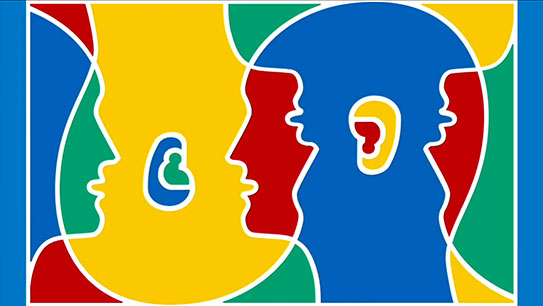
The language of the Kalash is the Kalasha and is a Dardic language (sub-group of Indo-Aryan languages spoken in eastern Afghanistan, Northern Pakistan, and Azad Jammu and Kashmir). UNESCO classifies the language as severely endangered since it is only spoken by a small number of people (about 5000). The Kalasha language does not have a formal script; however, there has been significant progress in developing a formal script of this Kalasha language.
3- Kalash Religion
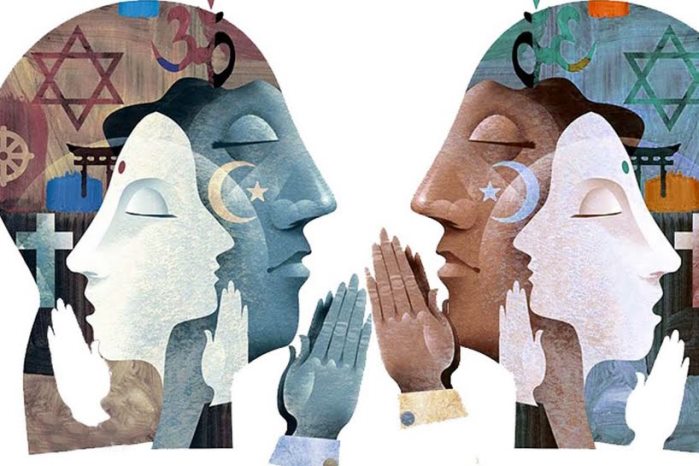
The Kalash are a Dardic indigenous tribe whose religion is still a mystery. They are polytheists, which distinguishes them from the rest of Pakistani society. Some experts believe the Kalash tribe practices animism, while others believe they practice ancient Hinduism.
4- Kalash Culture
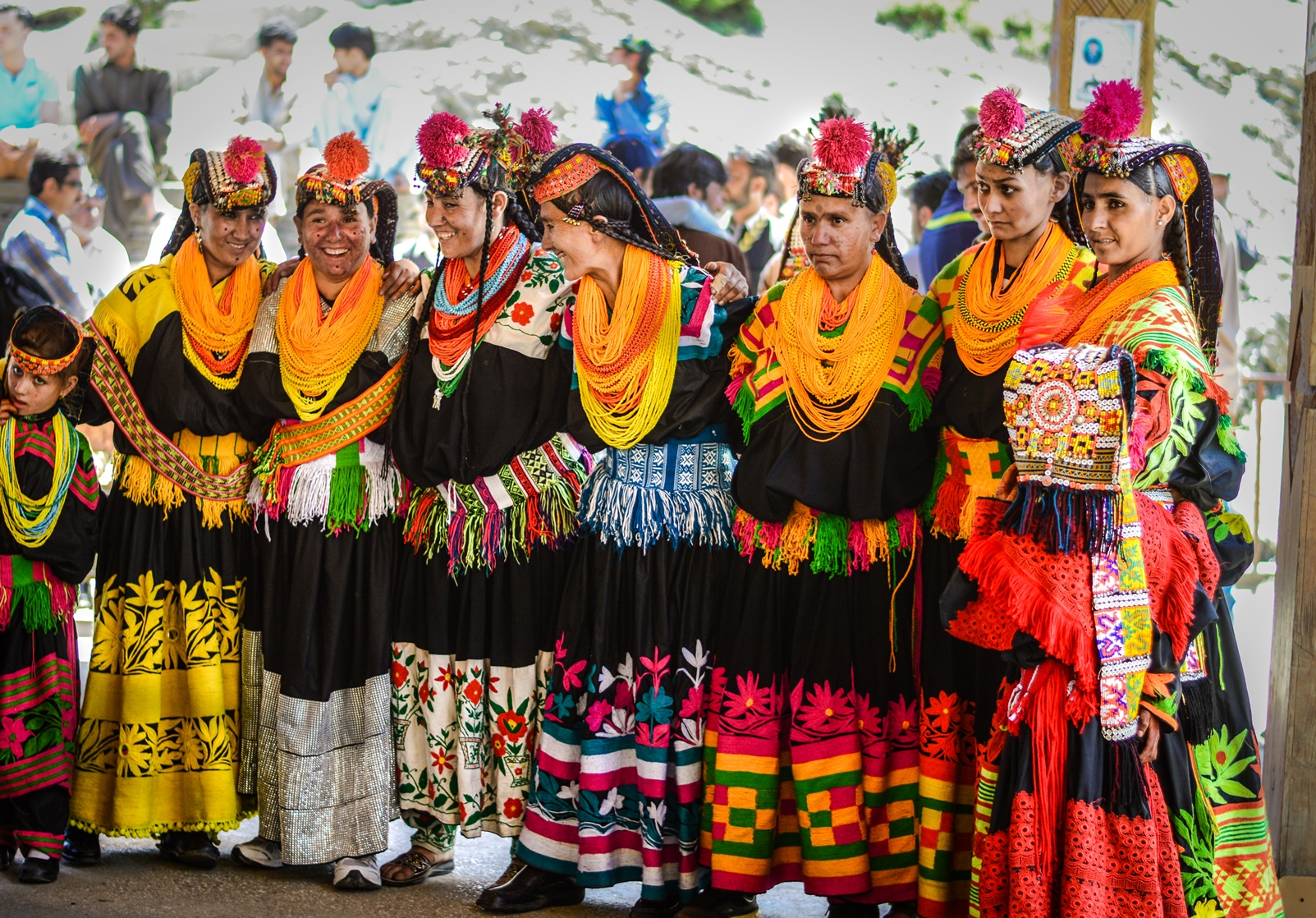
The people of Kalash are exceedingly religious, and any of them who converts to Islam will be excommunicated. Converts are not permitted to remain in their community following conversion. They maintain a strong sense of identity. Kalash residents differ from those in the neighboring communities in a number of ways. There is no separation between females and males in Kalash and they are free to keep in touch and talk without any fingers being raised at them. Furthermore, when Kalash females are deemed impure, such as during periods, childbirth, or other times, they are sent to reside in a bashalani. These women can only reside here if they have regained their purity and completed the purification process.
Kalash women wear long, flowy black robes with vivid embroidery and cowrie shells. These women are also seen wearing colorful beads and necklaces, which set them apart from the rest of the Chitral women. They wear colorful long braided headbands to enhance their black robes. The males of the Kalash, on the other hand, have adopted Pakistani national attire, the shalwar kameez, and are frequently seen wearing waistcoats over it. They also wear headgear typical of Pakistan's northwestern region.
Kalash's people march to the beat of a different drummer. Their traditions and customs are as diametrically opposed as day and night, particularly when it comes to marriage. Elopement marriage is more popular in the Kalash valley, and it is also common among women who are previously married to another man. In fact, wife elopement is regarded as one of Kalash's most cherished traditions. When a man and woman marry, the male pays a particular amount to the woman's family in order to have her. When a woman wishes to divorce her current husband and marry another man, she makes herself available to that man and tells him how much her current husband paid for her. To marry an already married woman, the male must pay a double amount to have her.
Kalash Festival
1- Kalash Festival – Chilam Joshi (Spring)
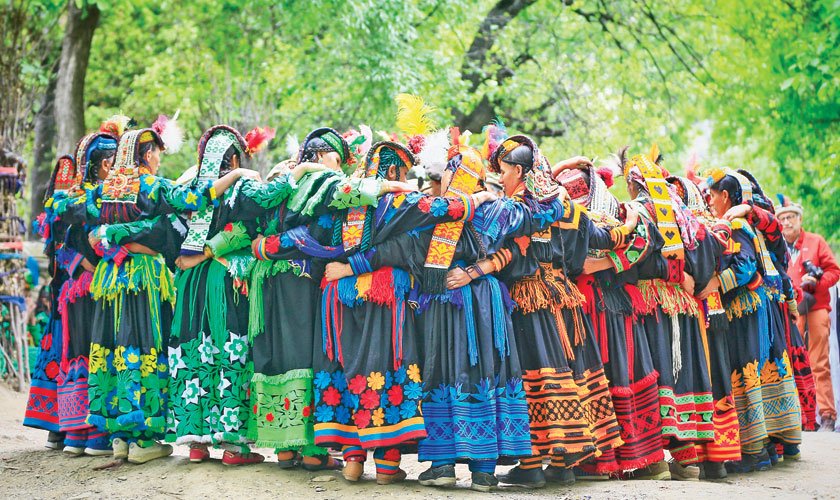
The Chilam Joshi festival is another name for the Spring festival. Kalash people celebrate for four days in all Kalash valleys. Chilam Joshi festival begins with “Milk day”. They store milk from their houses ten days before the celebration. During this event, Kalash residents offer their libations. The celebration symbolizes their distinct cultural diversity, societal cohesion, and a message of peace to the rest of the globe.
They ask for God's grace and pray for a productive agricultural year as well as the safety and health of their herds. Kalashi men and women also choose their life partners during this festival. Women wear traditional clothes with vibrant colors and flower patterns on their dresses during the Kalash festival. They accessorize with beaded necklaces that match their outfits and headwear. Traditional Shalwar Kameez is worn by men with a woolen waistcoat. They dance and sing as a valley tribe because it allows them to choose their life partners and disclose their names on the festival's last day.
2- Kalash Festival – Uchal (Summer)
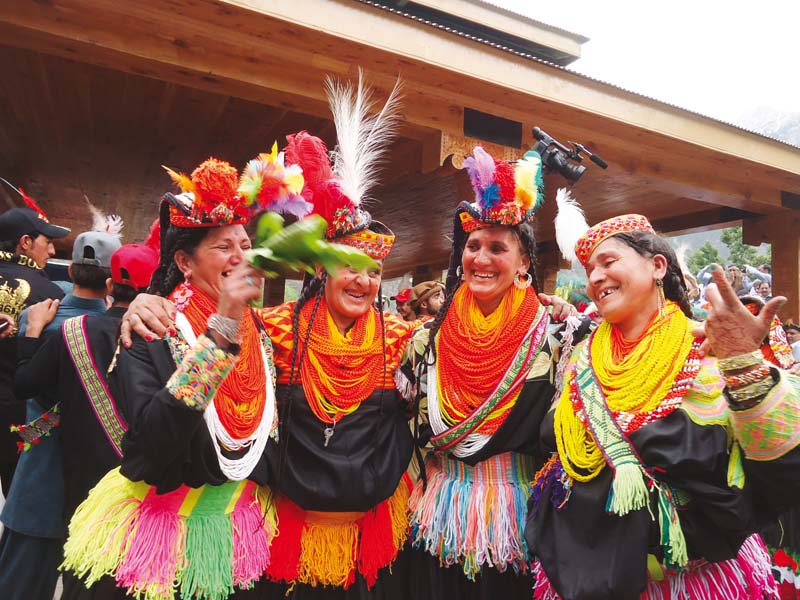
Kalash residents celebrate the arrival of summer in their own unique way. The Kalasha people enjoy the summer festival very much. This festival has grown in popularity in recent years all around the world. The summer event attracts a big number of people from all around Pakistan as well as international tourists. During the festival, the Kalasha People honor their God by celebrating the harvest and praising him for providing them with good food and crops. Kalash people march to a high plateau outside of Balangkuru village to pray to their God. After the prayers, a night-long dance and party begin, lasting until the early hours of the morning. For several days, all of the valleys enjoy the summer celebration.
3- Kalash Festival – Choimus (Winter)
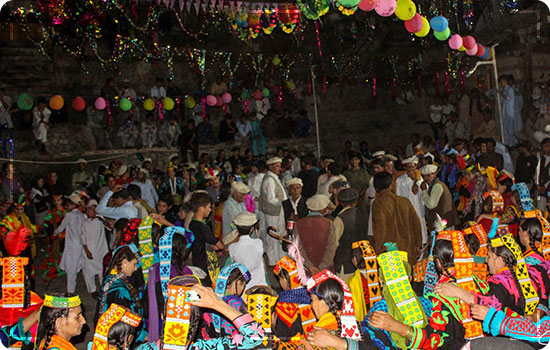
The Kalash winter festival is also known as "Choimus" in the local dialect. This annually observed ceremony signifies and forecasts the village's and its people's prosperity in the next year. People go out looking for foxes, which are said to be auspicious omens, during the celebration. At the major traditional dancing area known as a "Charsue," torchlit processions assemble from nearby communities. Indoors, dancing and festivities continue late into the night as local wine is passed around the bonfire. During the ceremony, the residents practice purifying rites at the dawn of the new year. Tribal elders gather on hilltops to observe the new year's rising sun, which is followed by goat sacrifices to the Goddess "Jastak," with the blood being sprinkled at the shrine Jastarkhan.
Jastarkhan. FlyPakistan hopes that visiting Kalash Valley and participating in the "Kalash festival" will leave you with a lasting memory. So don't miss the chance to visit this place. If you are going to plan a tour do contact us at +92 345 9668442. We have the best deals for families and group tours at a very cheap rate. We can also help you find the best hotels in Chitral valley at a very economical price.
Important Information
1- How To Get To Kalash Valley?
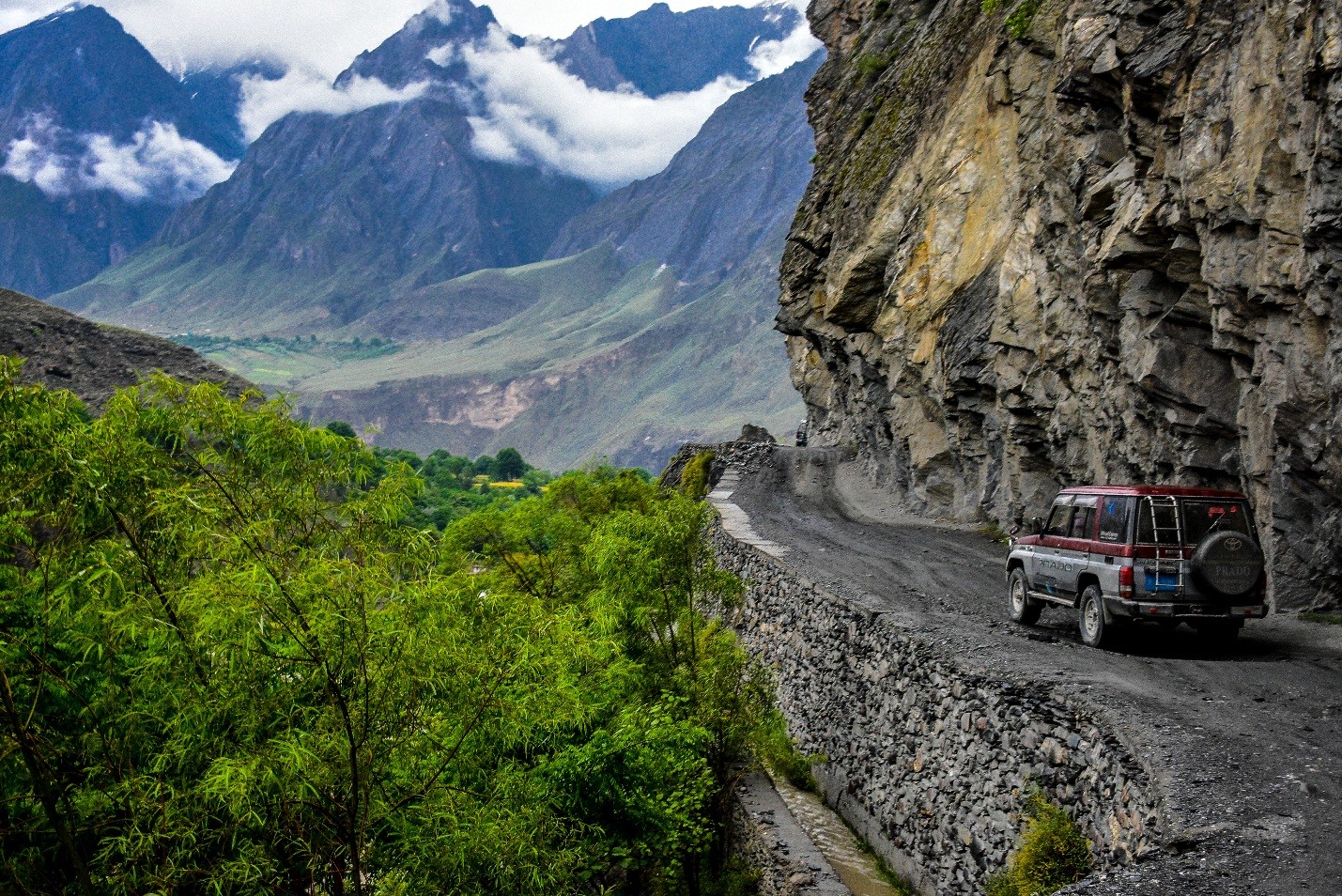
Chitral Valley, one of Pakistan's most well-known winter attractions, acts as a gateway to the Kalash Valleys. To get to any of Kalash's valleys, you'll need to hire a jeep, which is the region's most frequent mode of public transportation. Depending on the weather, Jeeps leave Chitral for Kalash at 1 p.m. every day. For a one-way trip, these jeep trips might cost from around PKR 300 to 400 per person. The greatest time to go to Kalash Valleys is during the winter.
2- Places To Stay In Kalash Valley

When seeking for a place to stay in the Kalash Valleys, you'll come across a variety of guest houses and hotels, including the well-known Roomy Hindukush Serai, Ayun Fort Inn, Gahirat Castle, Chitral Inn, Tirch Mir View, and Chitral Inn Resort Kalash Valley hotels, with room costs ranging from PKR 7000 to 12000 per night, depending on the season. If you wanna book a cheap hotel in Kalash valley or in Chitral you should contact with FlyPakistan team and visit the website www.flypakistan.pk
Key Notes
Kalash Festivals are one of the very rare and unique festivals for Pakistanis and tourists around the world. It never happens elsewhere on the earth. If you are planning to visit Kalash valley then let us know. Here is the website’s link www.flypakistan.pk where you can arrange tours and book best hotels according to your needs and demands. On the other hand, FlyPakistan’s Blog consistently offers you the greatest tourism pieces and travel guides, whether it's about the best spots in Pakistan to enjoy snowfall or the country's most famous heritage monuments recognized by the United Nations. To ensure that you don't miss any of your favorite blogs, sign up for our email newsletter.

.jpg)